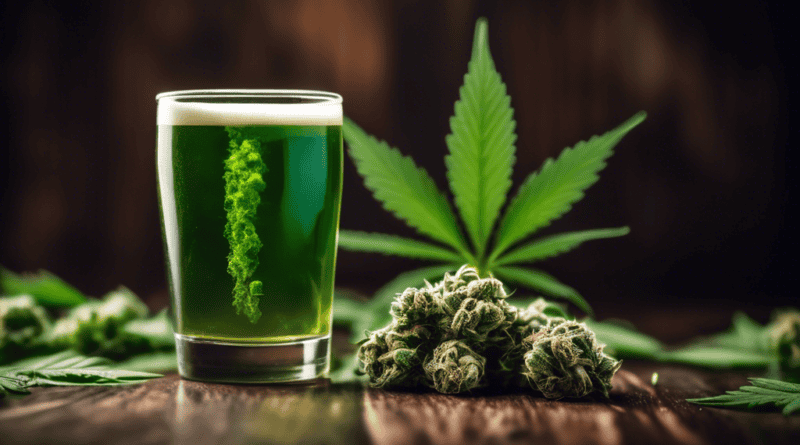The Burgeoning Cannabis Beverage Market: Trends, Growth, and Potential Opportunities
New Trends and Opportunities in the Cannabis Beverage Market
The cannabis industry is undergoing rapid transformation, making it one of the most dynamic markets in recent times. With projections indicating substantial growth, reaching nearly $40 billion by 2024 and over $67 billion by 2028, the landscape is ripe for innovative new product lines. Major players in the industry, particularly in the burgeoning sector of cannabis beverages, are poised to make a significant impact by leveraging current trends and consumer behaviors for strategic growth.
Market Growth and Economic Impact
The legalization of adult-use cannabis in 24 states and increasing public support, now at a record 70%, signal broad acceptance and adoption. This burgeoning acceptance is coupled with a robust economic forecast. It is estimated that the cannabis sector will contribute $115.2 billion to the US economy in 2024 alone, with significant local economic benefits. The financial implications are further evidenced by the tax revenues generated by cannabis sales, surpassing those of alcohol in nine states. This economic vitality supports a growing employment sector with 440,445 full-time equivalent jobs.
Given these projections and economic impacts, it is not surprising that cannabis companies are diversifying their products to cater to evolving consumer preferences. The market now boasts a variety of cannabis-infused items, from oils and edibles to skincare products and vapes. The introduction of cannabis-infused beverages, such as THC canned cocktails, represents a sophisticated blend of social trends, regulatory changes, and consumer interest. This product diversification is crucial for capturing a wider audience and ensuring sustained market growth.
Consumer Trends and Regulatory Changes
Frequent cannabis consumers exhibit distinct purchasing behaviors that brands must take into account. Many shoppers research products online before making a purchase, emphasizing the importance of robust digital marketing strategies and online presence. This trend underscores the need for cannabis brands to engage with consumers through digital channels, providing detailed product information and fostering an informed community.
Regulatory changes also play a pivotal role in shaping the cannabis market. Efforts to reschedule marijuana from a Schedule I to a Schedule III substance could significantly ease federal restrictions, enabling smoother operations and broader market access. State-level triumphs, such as Illinois hitting $1 billion in cannabis retail sales and pioneering social equity efforts, further highlight the progressive nature of the industry. Policies focusing on social equity, like those in New York and Illinois, aim to ensure diverse participation and address historical injustices related to cannabis prohibition.
As the cannabis landscape continues to evolve, companies that stay attuned to market trends, regulatory shifts, and consumer preferences will likely thrive. The launch of new product lines, including innovative cannabis beverages like THC canned cocktails, will not only cater to modern consumer tastes but also position brands at the forefront of a transformative and lucrative industry.

